Fed Governor Michelle Bowman emphasized her ongoing concerns about inflationary pressures, underscoring the need for sustained vigilance. Speaking on Saturday, she reiterated that, despite notable progress in curbing inflation, the levels remain worryingly high.
She highlighted the necessity for further rate hikes, stating, “it will likely be appropriate for the Committee to raise rates further and hold them at a restrictive level for some time to return inflation to our 2 percent goal in a timely way.”
Bowman pointed to the recent rise in the PCE index as a tangible indication of inflationary pressures. This increase, she believes, is partly attributed to climbing oil prices, which, if they persist or grow, could derail some of the achievements in inflation control observed over the past few months.
On a brighter note, Bowman acknowledged the overall positive health of the US economy. “Real gross domestic product has been growing at a solid pace,” she remarked, signifying a robust economic backdrop. This growth is supported by strong consumer spending, a rejuvenating housing sector, and encouraging labor market data that reflects consistent job gains.
However, Bowman concluded by emphasizing flexibility in the Fed’s approach, suggesting that monetary policy remains adaptable to the evolving economic landscape. “It is important to note that monetary policy is not on a pre-set course,” she clarified, ensuring that she and her colleagues will make informed decisions rooted in the most recent economic data and the broader implications for the economic future.




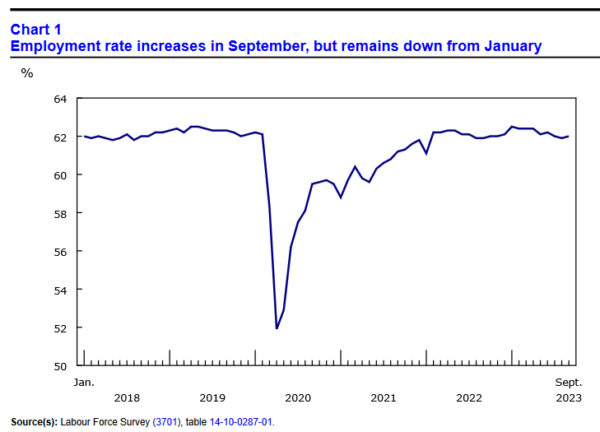
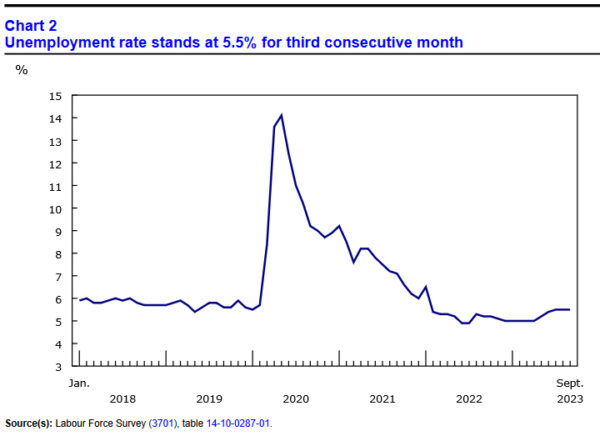
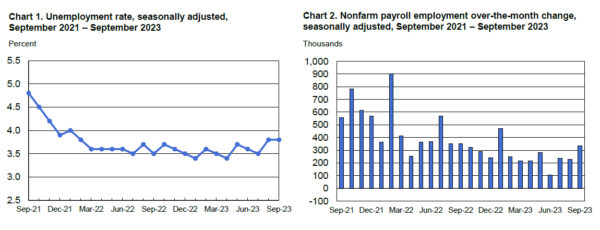
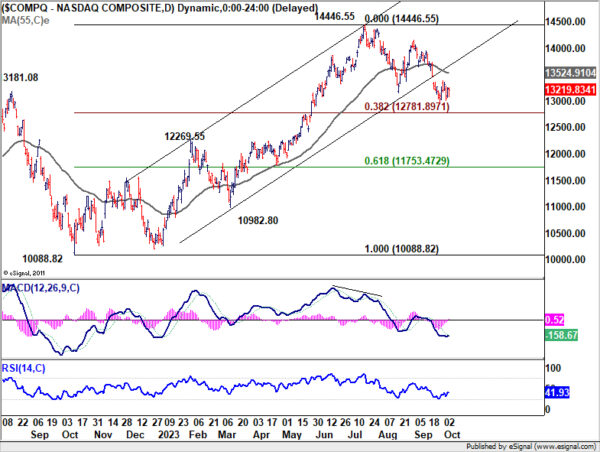
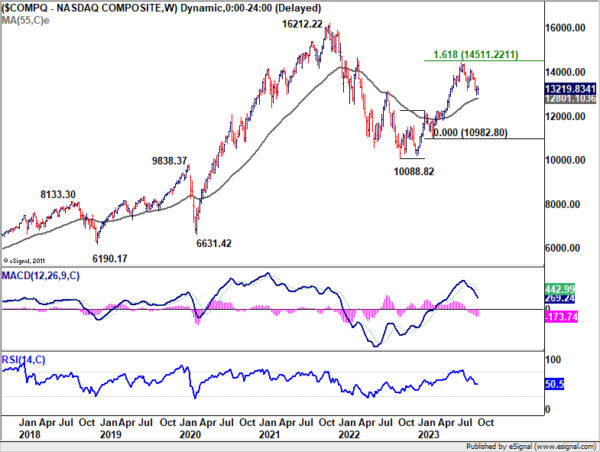
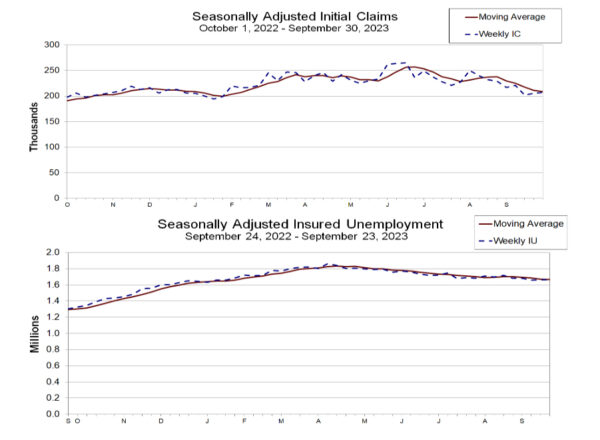
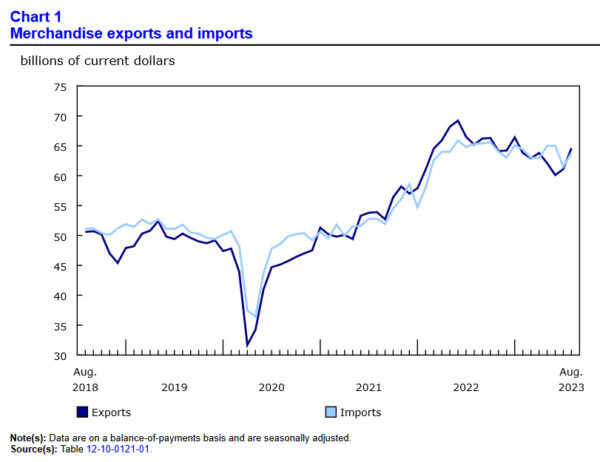
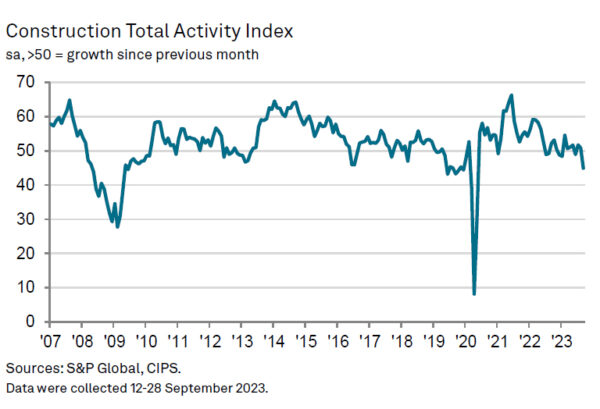
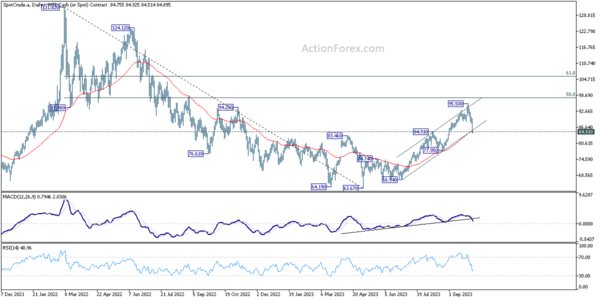
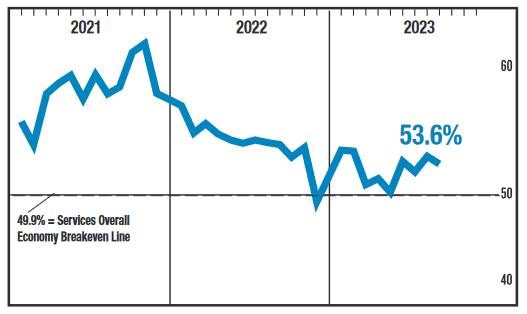
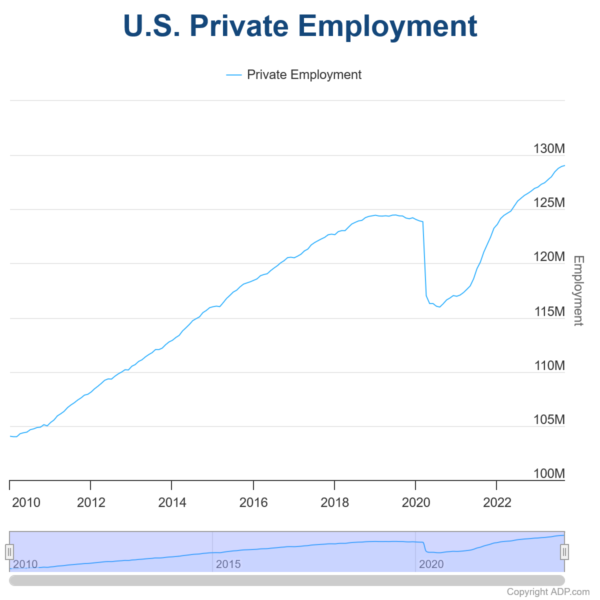

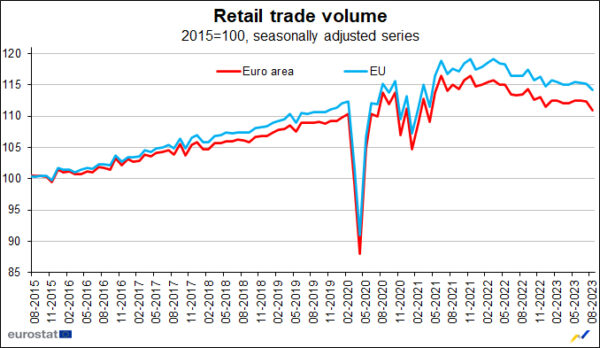

ECB’s Lagarde not pessimistic about short term outlook
In an interview with La Tribune Dimanche, fielding the topic of a possible recession risk in Europe, ECB President Christine Lagarde didn’t offer a direct response but instead focused on the preparations and countermeasures Europe has adopted. She highlighted, “This allows us to look towards the coming winter, if not calmly, then at least with a lot more confidence,” emphasizing the role of the Next Generation EU program, structural reforms, and the replenishment of over 90% of gas reserves.
Germany, a powerhouse of the European economy, was also discussed. Lagarde candidly noted that Germany’s previously successful economic model, which leveraged cheap energy supplies and significant export opportunities, especially to China, is undergoing transformation. She admitted that Germany is “one of the factors that is indeed weighing on the outlook for European growth.”
In addressing concerns about whether the ECB harbors a pessimistic view on the short-term economic horizon for Europe, Lagarde was clear, stating, “There are three reasons why we are not pessimistic.” She pointed to an expected rise in growth figures next year, a significant reduction in inflation, and a historically high employment rate in Europe that seems to be holding steady.
However, one of the challenges the European businesses face revolves around salary negotiations and wage structures. Lagarde posed, “The big question right now concerns businesses. Will they accept absorbing part of the salary increases that will be negotiated this year and next in their margins – which didn’t change much in 2022?”
Full interview of ECB Lagarde here.